While the U.S. sets the standard in various sectors, not all additives used in its food industry are accepted worldwide.
Many substances commonly used in the United States are banned or restricted in other countries due to health concerns. So why are these ingredients legal in the U.S. but prohibited elsewhere?
Let’s take a closer look at these international food safety discrepancies to help consumers make more informed choices about what they eat.
Artificial Food Dyes

In the U.S., artificial dyes are used to enhance the color of candies, drinks, and snacks. However, countries like Norway and Austria have banned these dyes due to health concerns, including potential links to hyperactivity in children. Consumers looking for natural options should check labels for dyes like Red 40.
Brominated Vegetable Oil (BVO)
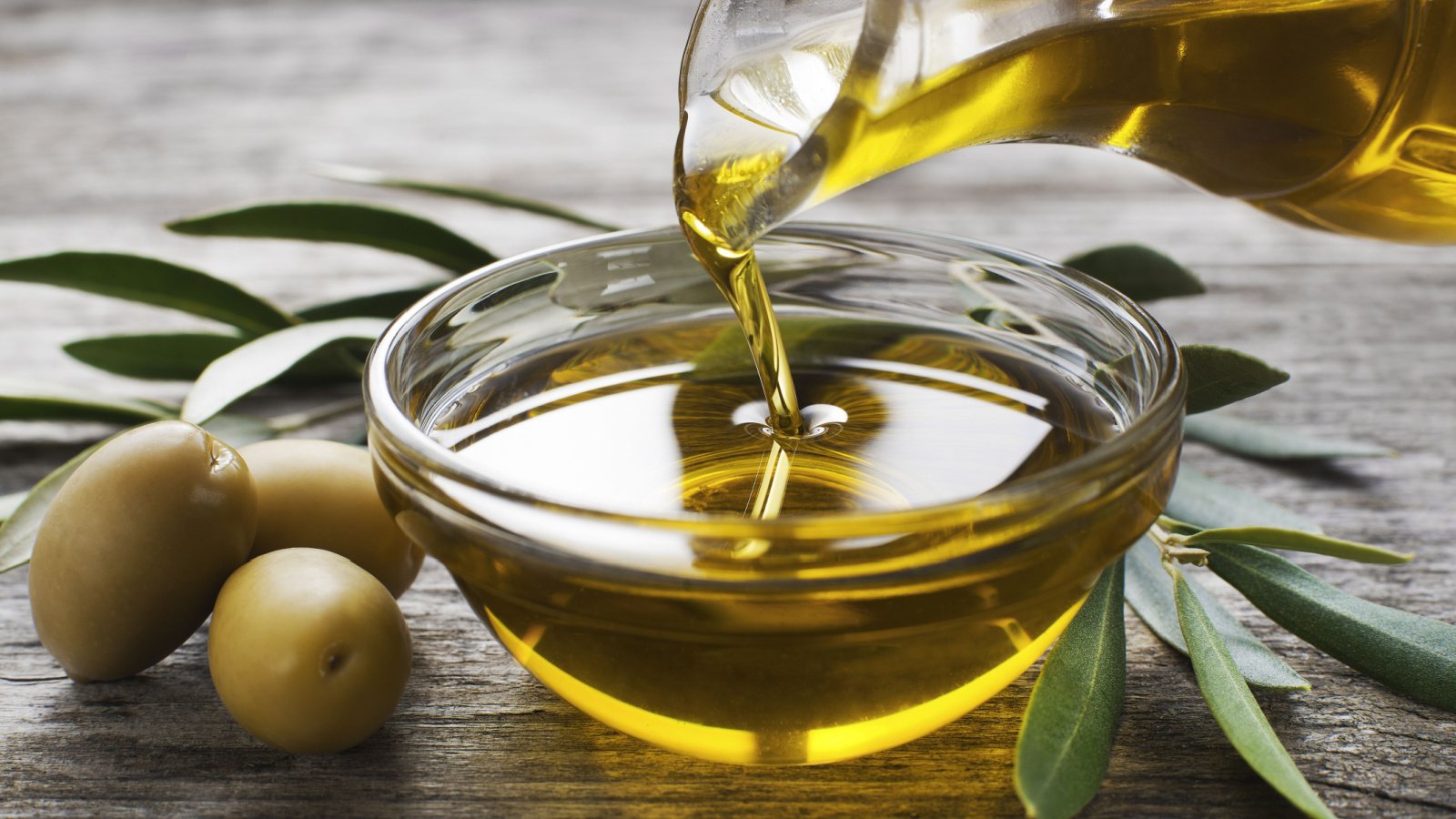
Used in some citrus-flavored soft drinks in the U.S., BVO contains bromine, which can accumulate in the body leading to thyroid issues. It is banned in over 100 countries including the European Union and Japan.
rBGH and rBST

Recombinant bovine growth hormone and recombinant bovine somatotropin are synthetic hormones given to dairy cows to increase milk production. These hormones are banned in Australia, New Zealand, Canada, Japan, and the E.U. due to animal welfare concerns and possible health risks to humans.
Azodicarbonamide
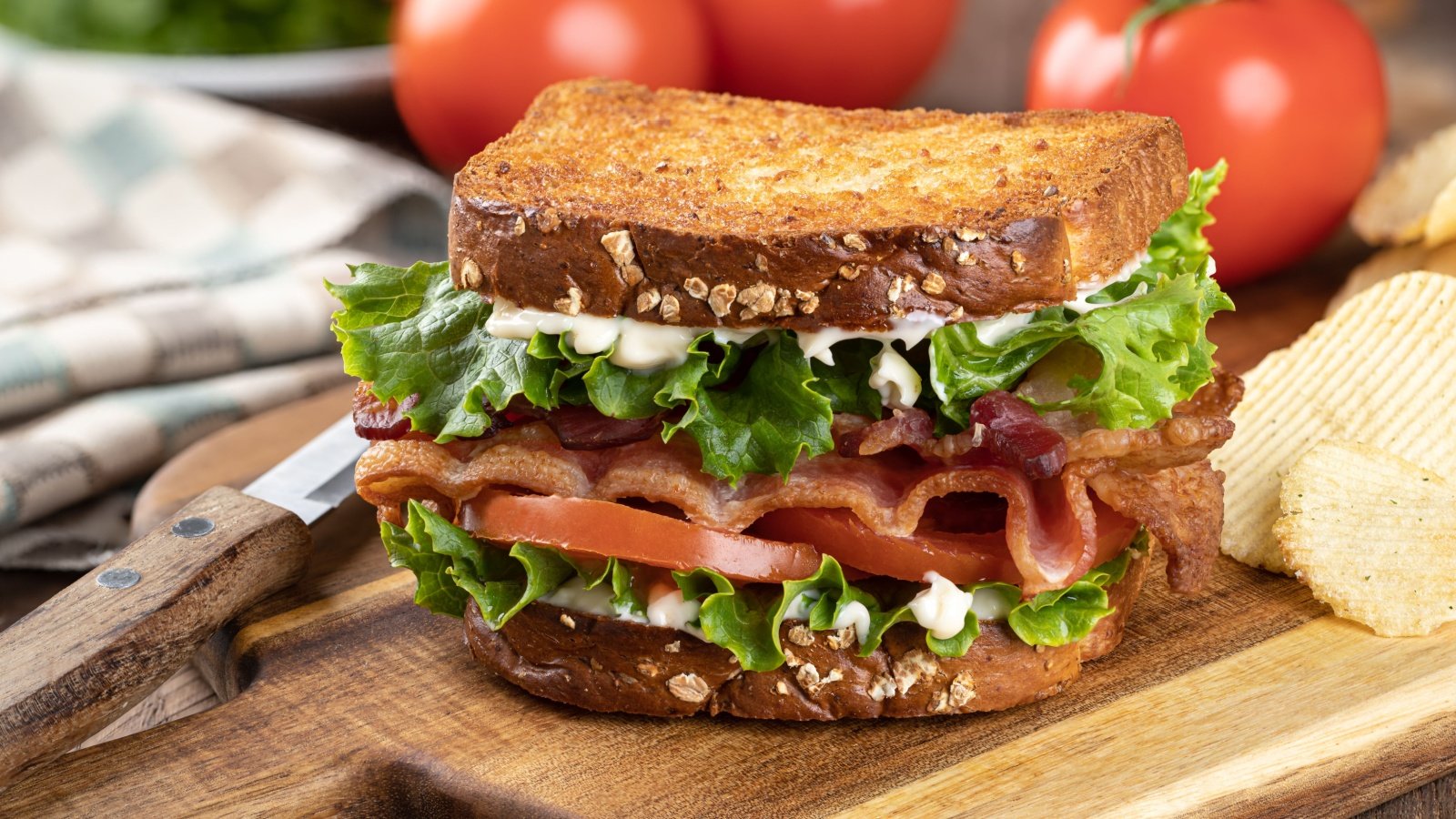
Commonly found in U.S. bread as a dough conditioner, azodicarbonamide is banned in Australia, the U.K., and European countries. It has been linked to respiratory issues and allergies. Shoppers can look for bread without this chemical by reading ingredient lists closely.
Olestra

Olestra, a fat substitute used in some potato chip brands, can cause digestive issues and has been linked to a reduction in the body’s ability to absorb essential vitamins. It is banned in the U.K. and Canada.
Potassium Bromate

As it is used in the U.S. to strengthen dough and improve bread rise, potassium bromate is considered carcinogenic and banned in the EU, Canada, and China. Many health-conscious bakeries now advertise their products as free of this additive.
BHA and BHT

Butylated hydroxyanisole and butylated hydroxytoluene are preservatives found in many U.S. foods including cereals, chewing gum, and potato chips. These chemicals are banned in parts of the European Union and Japan because of their potential cancer-causing properties.
Chlorpyrifos
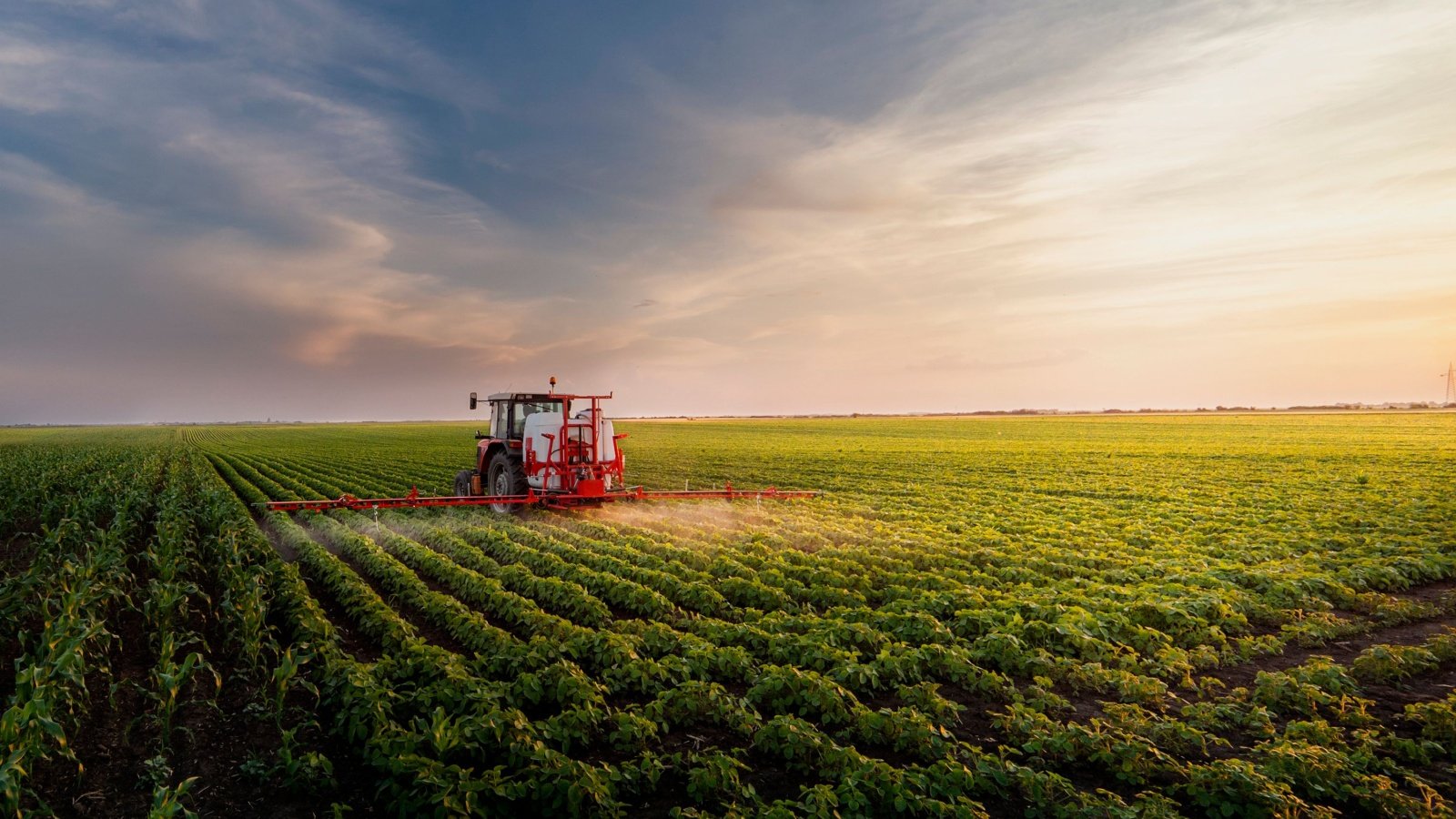
This pesticide is widely used on crops in the U.S. but has been banned in the European Union due to concerns about its impact on child development and wildlife. Organic produce does not use chlorpyrifos, offering a safer alternative for consumers. Always washing fruits and vegetables thoroughly can also reduce exposure.
Atrazine
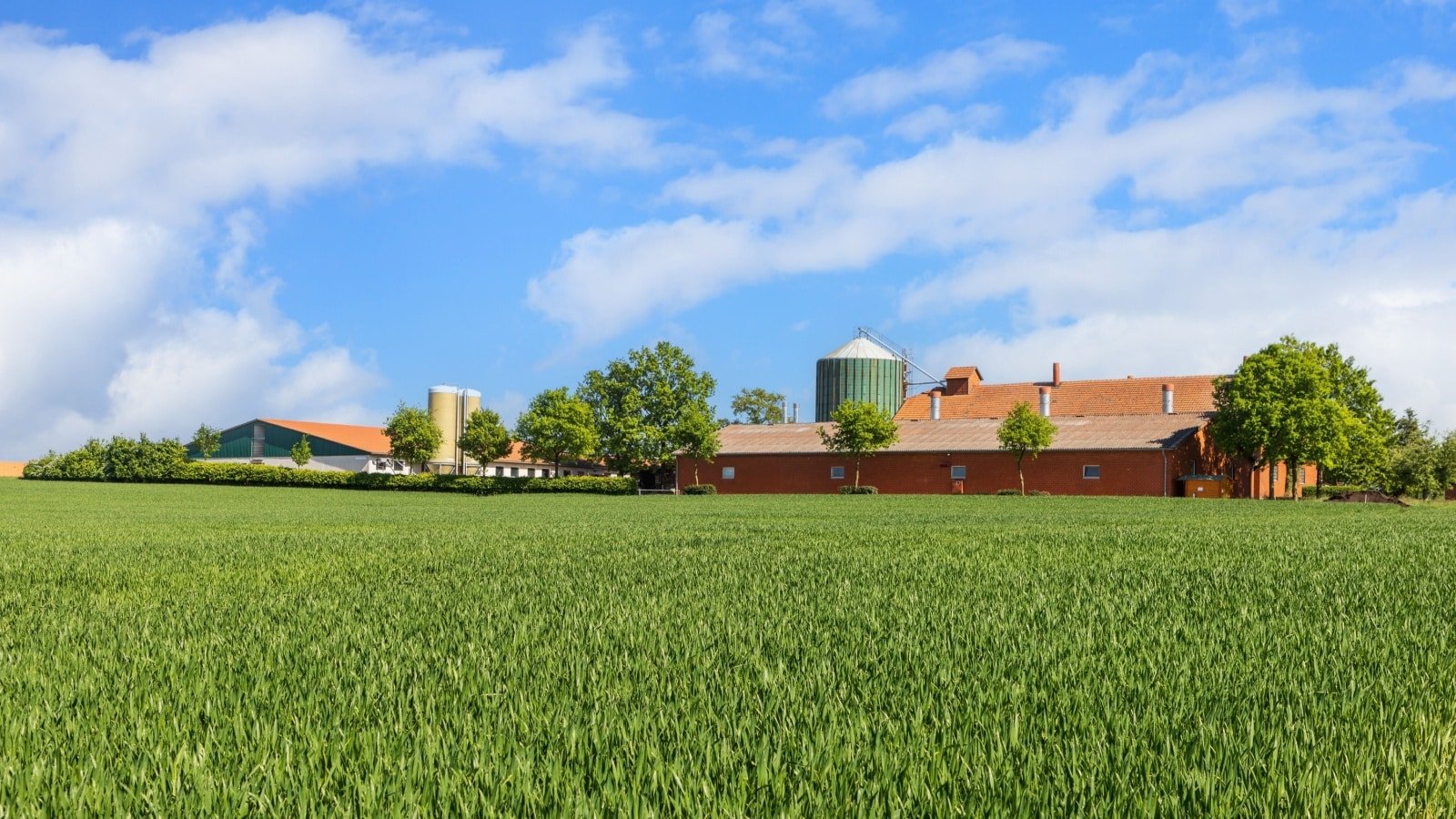
Allowed in the U.S. as a herbicide on crops like corn, atrazine has been banned in the European Union because it can contaminate water supplies and disrupt hormone activity in wildlife. To avoid this, consumers can buy organic corn, which is grown without synthetic herbicides.
Genetically Modified Foods (GMOs)
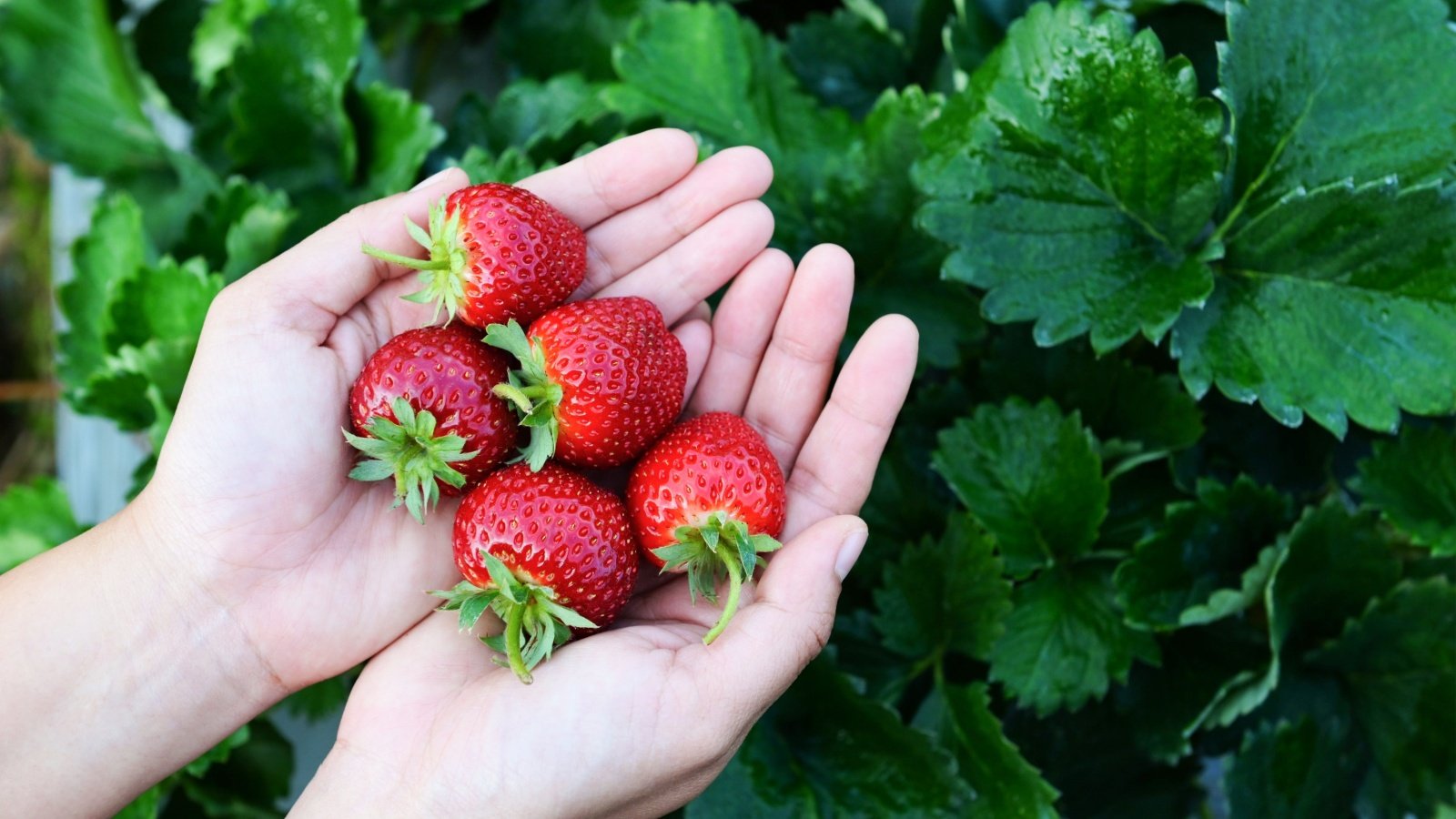
While GMOs are widespread in the U.S. food supply, many countries, including much of the E.U., require labeling or ban their sale entirely due to health and environmental concerns. Consumers seeking to avoid GMOs can look for non-GMO or organic foods.
Carrageenan

Carrageenan is found in a wide range of U.S. products like dairy alternatives and deli meats for its thickening properties, and it has raised concerns about its inflammatory and gastrointestinal side effects. It is under scrutiny or restricted in use in the E.U. Those with digestive sensitivities might want to avoid products containing this additive.
Arsenic in Chicken Feed

The U.S. still allows arsenic-based drugs in poultry feed to promote growth and improve feeding efficiency, a practice banned in the European Union. Prolonged exposure to arsenic can lead to serious health issues. Consumers can choose organic or arsenic-free chicken to avoid these risks.
High Fructose Corn Syrup (HFCS)
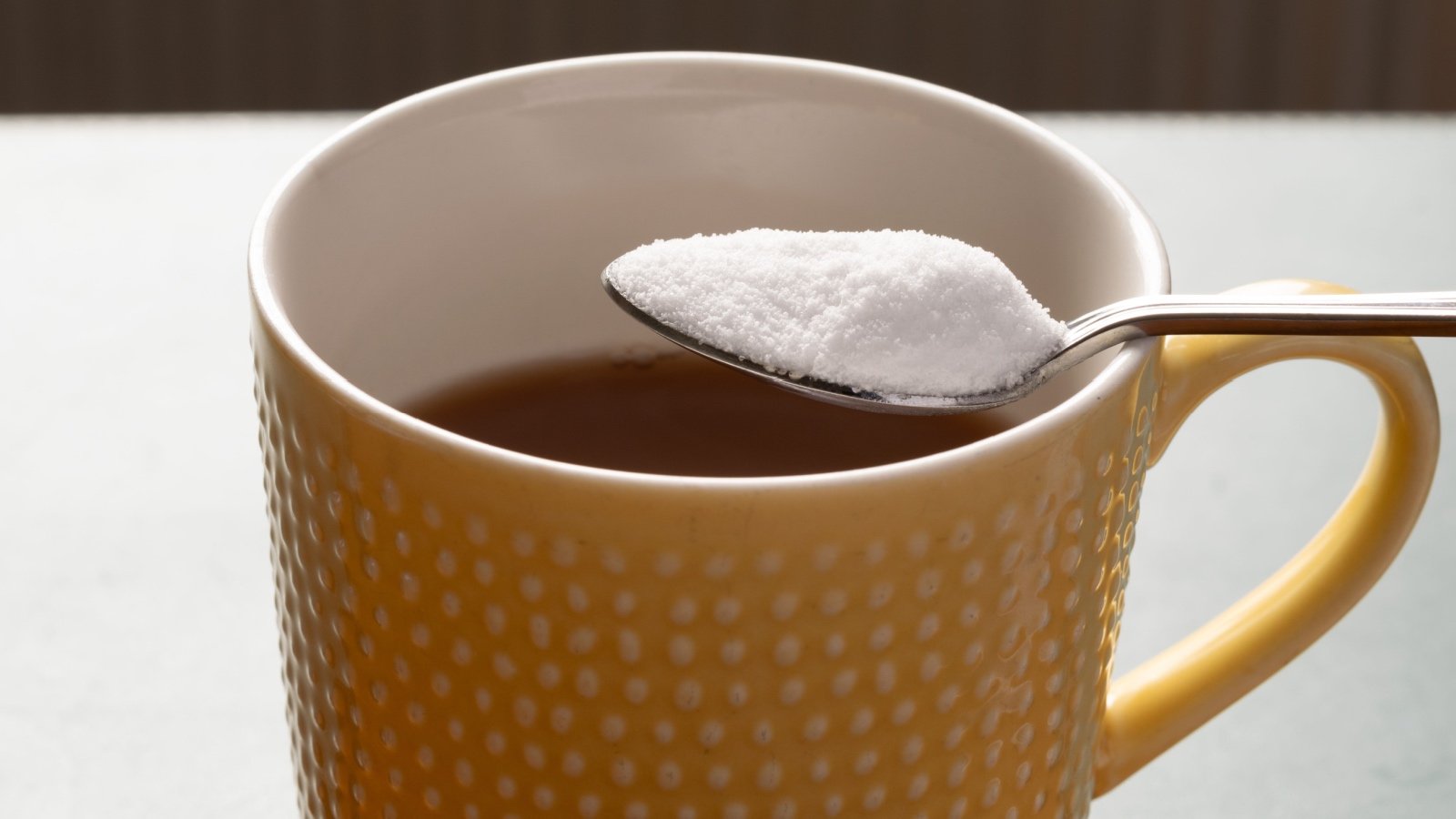
Used extensively in U.S. processed foods and sodas as a sweetener, HFCS is linked to obesity and diabetes and is less common or banned in other countries. Health-conscious individuals can avoid HFCS by opting for products sweetened with natural sugars.
Neonicotinoid Pesticides
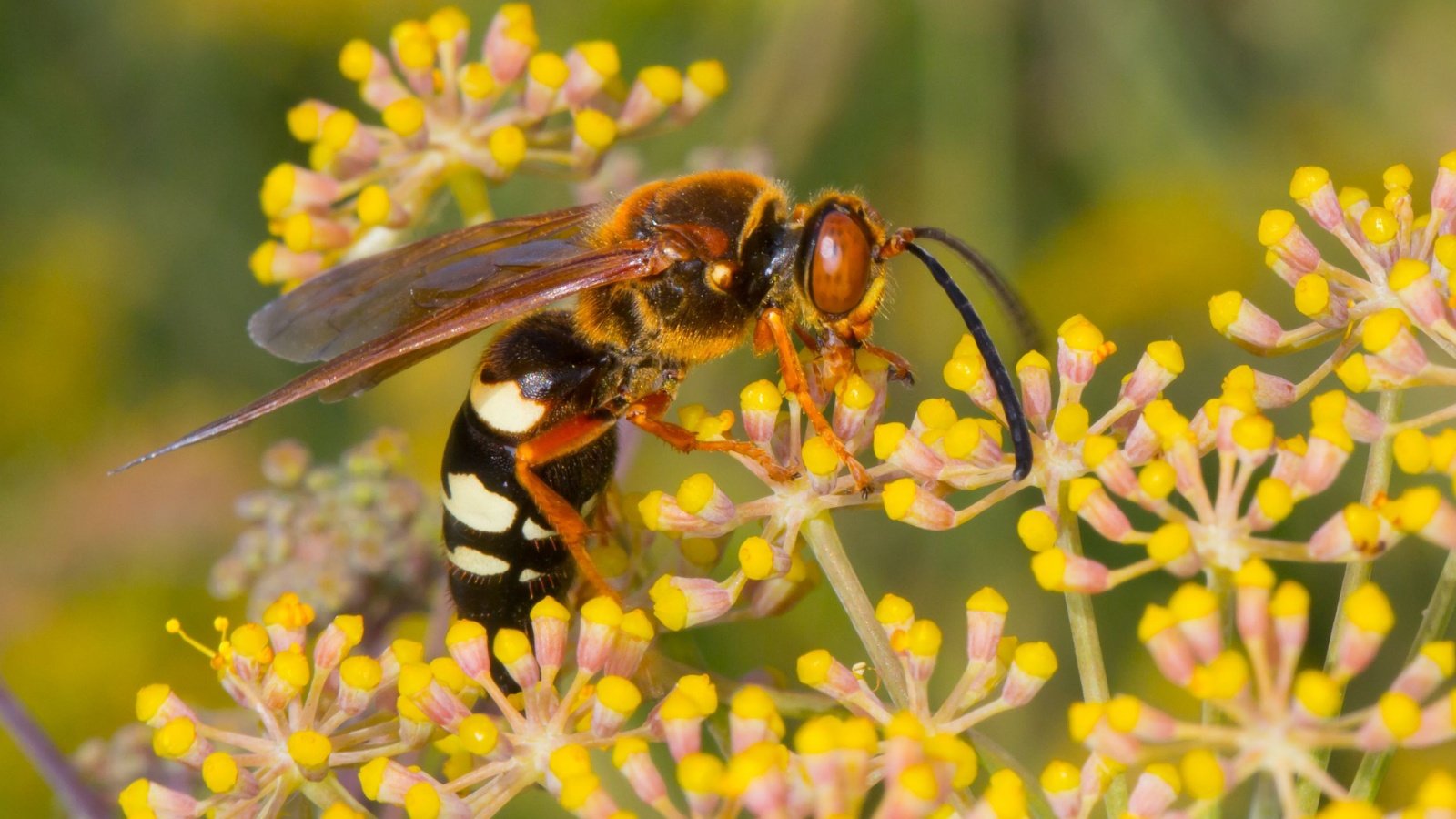
These widely used pesticides in the U.S. are linked to bee colony collapse disorder and are banned or restricted in the European Union to protect pollinator populations. Consumers can support bee health by choosing organic products.
Glycyrrhizin in Licorice

In the U.S., black licorice can contain high levels of glycyrrhizin, which can cause potassium levels in the body to fall, leading to abnormal heart rhythms, high blood pressure, and even congestive heart failure. Several countries in Europe limit the concentration of glycyrrhizin in food products. Consumers should consume licorice moderately and be aware of the risks.
Titanium Dioxide

Often used in the U.S. to whiten products like candy, chocolate, and baked goods, titanium dioxide has been classified as a possible human carcinogen and is banned in food in the European Union.
Tartrazine (Yellow No. 5)
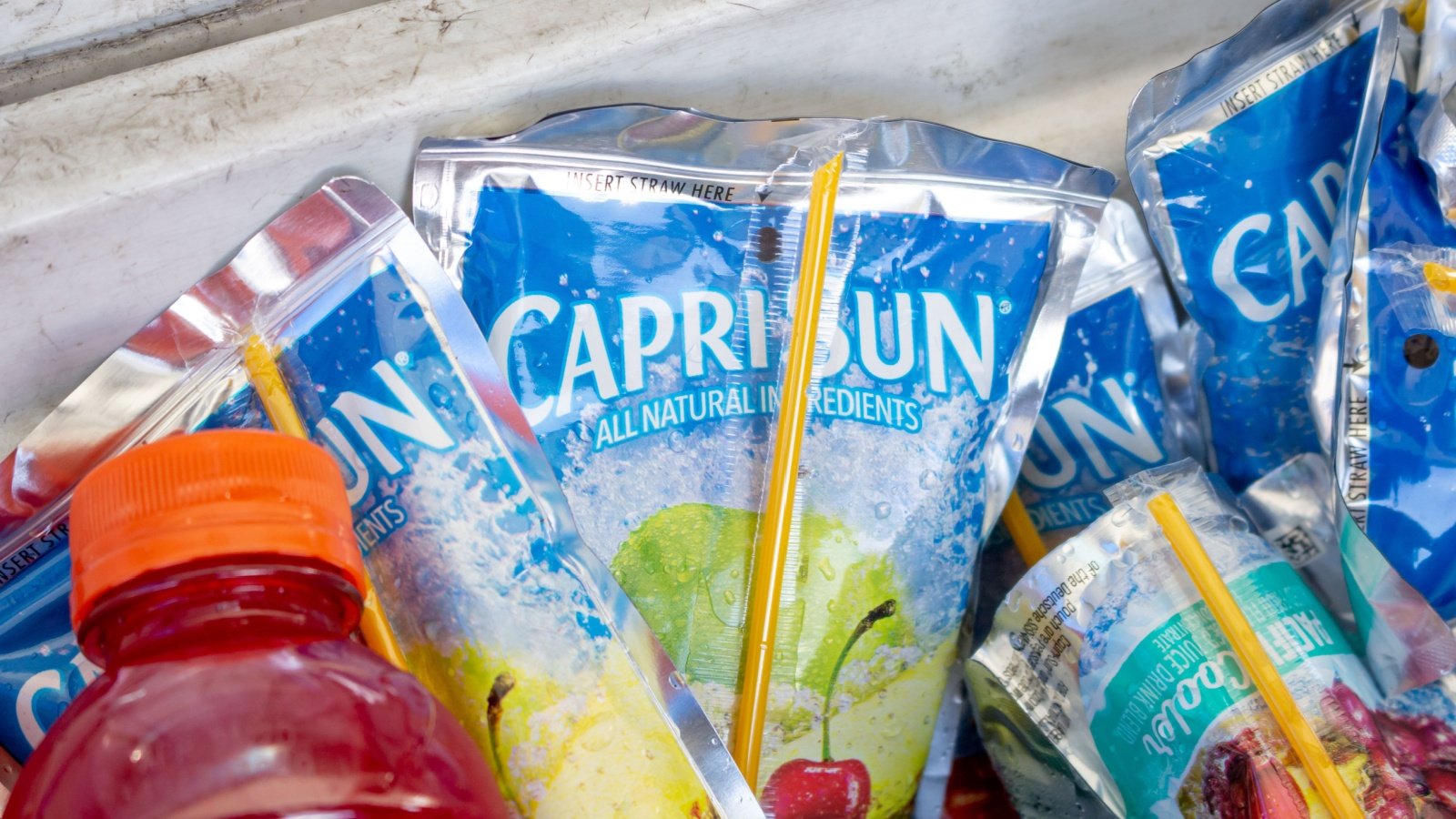
This common artificial coloring found in U.S. candies, beverages, and even cosmetics is associated with hyperactivity in children and is banned in Norway and Austria. Parents might want to choose products free from artificial colors, particularly for children sensitive to additives.
Phthalates in Food Packaging

Phthalates, which can leach into food from packaging and are linked to hormonal disruptions, are banned from food contact materials in the E.U. In the U.S., consumers concerned about exposure can look for phthalate-free labels on packaging, particularly for fatty foods that can absorb higher amounts of phthalates.
Quinoxaline

Used as a growth enhancer in livestock in the U.S., this substance has been banned in the European Union due to potential health risks to humans consuming the meat. Shoppers might consider buying meat from animals raised without growth enhancers for a healthier alternative.
Sodium Aluminum Phosphate

Commonly used in American cheese products and baked goods as an emulsifier and leavening agent, sodium aluminum phosphate has been linked to concerns over neurological effects and is restricted in Europe.
Alimentarius

Alimentarius is used in some processed foods in the U.S. to enhance flavor and preserve freshness, but due to potential health risks, it is restricted in other countries. Opting for foods with natural preservatives can be a healthier choice.








